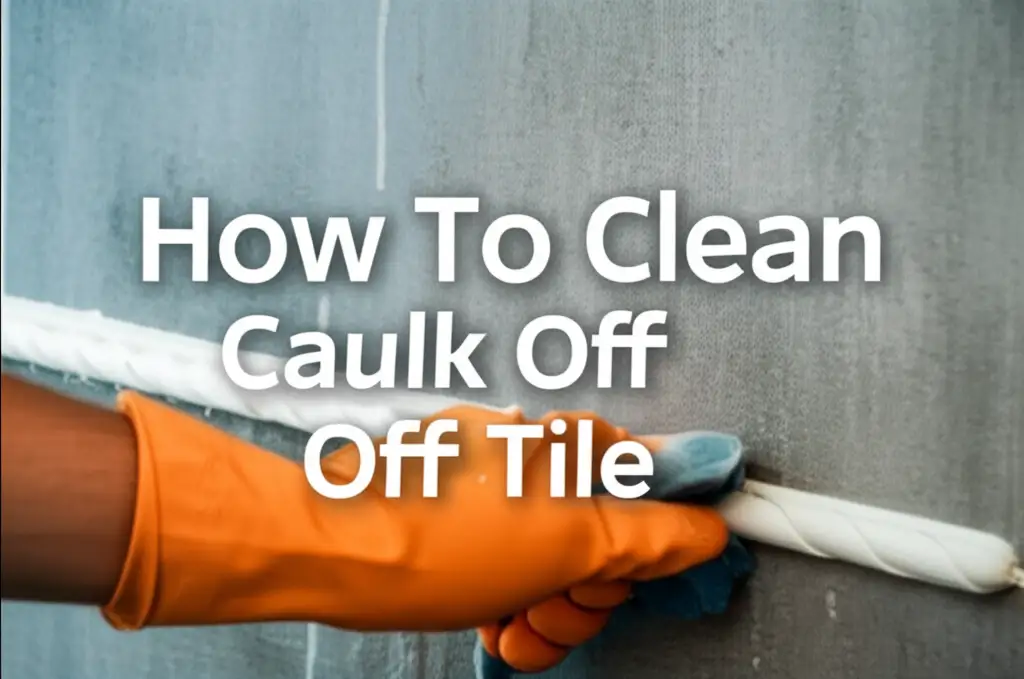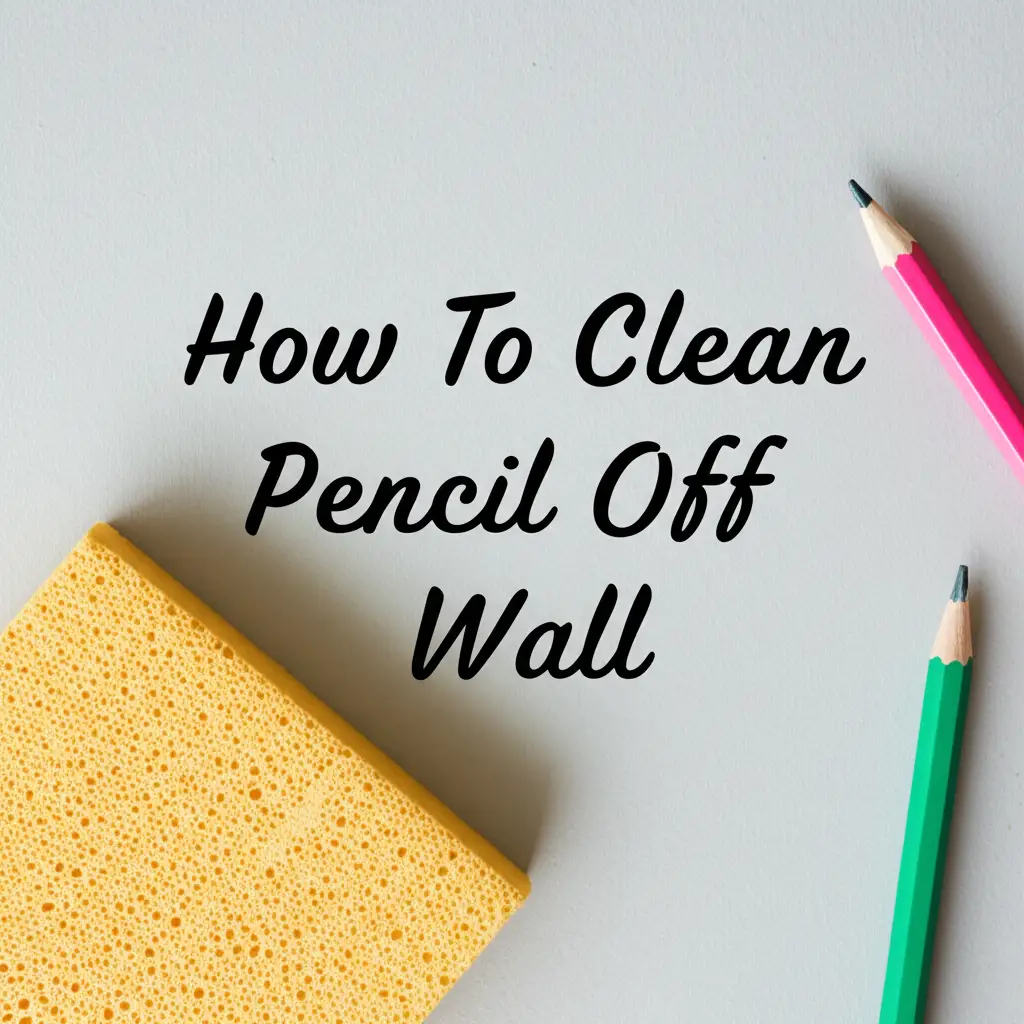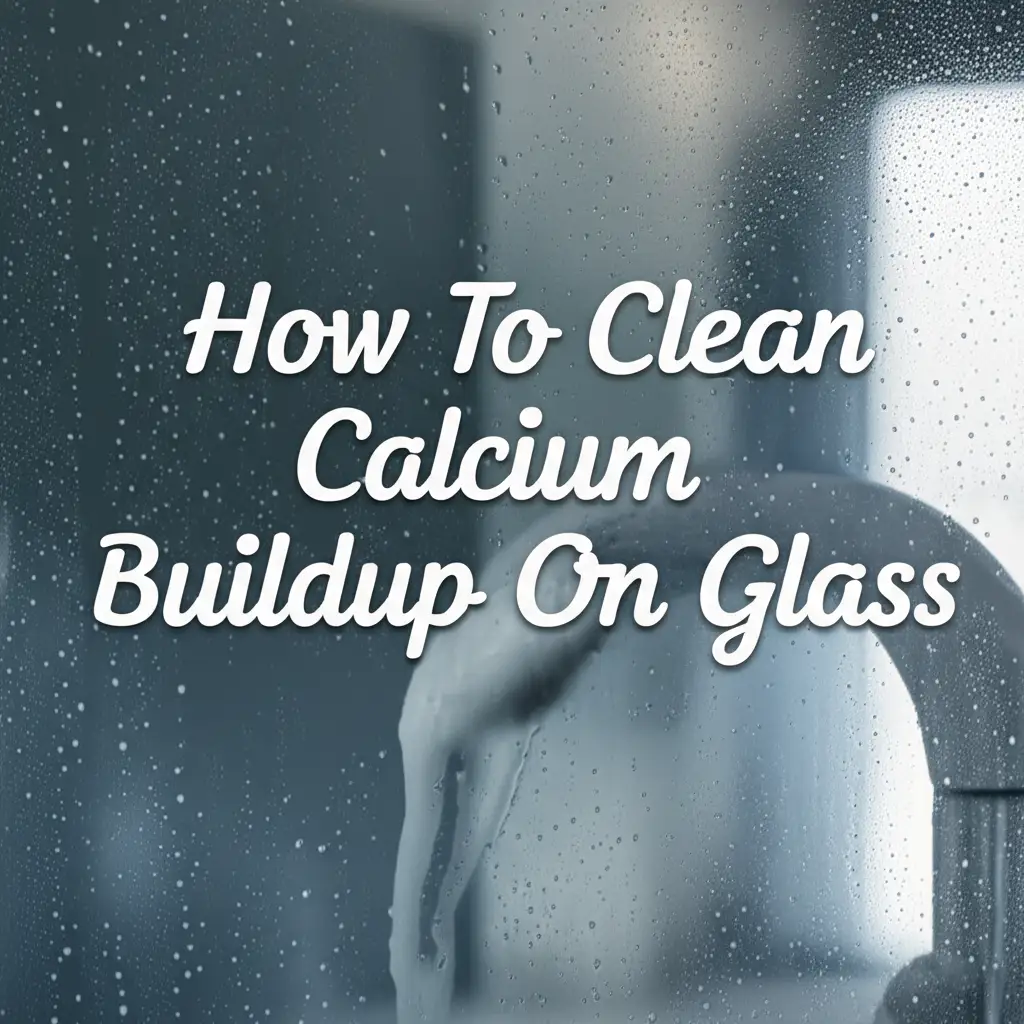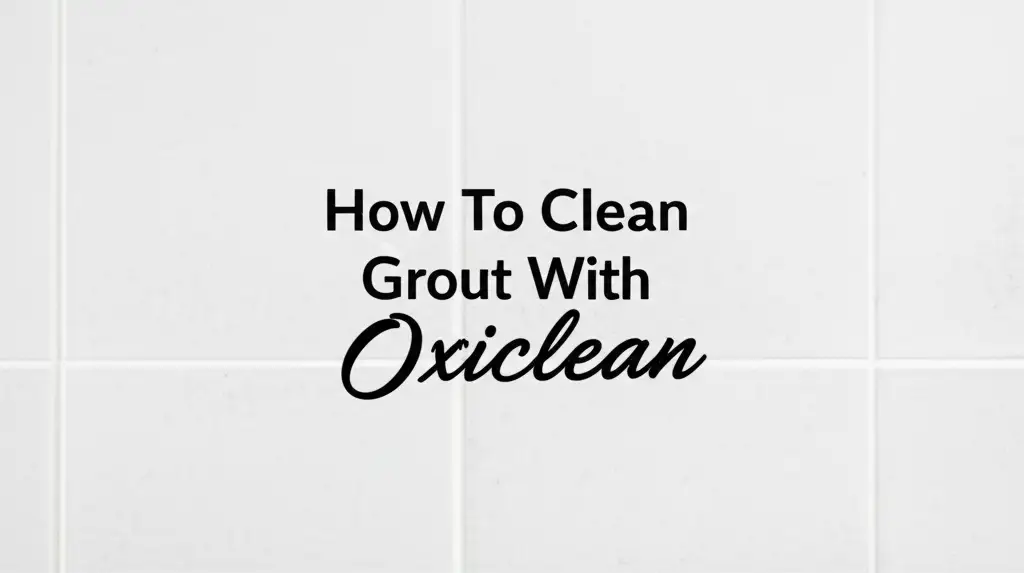· Home Cleaning · 14 min read
How To Clean Caulk Off Tile

How To Clean Caulk Off Tile: A Complete Guide
Have you ever finished a caulking project, stepped back, and noticed an unsightly smudge or smear of caulk on your beautiful tiles? It happens to the best of us. Caulk is a useful sealant, but it can be tricky to work with. When it gets where it does not belong, it looks bad and can collect dirt. This article shows you how to clean caulk off tile effectively.
We will explore different types of caulk and the best ways to remove them. You will learn about essential tools and safety steps. We cover both mechanical methods and chemical solutions. We even include natural cleaning options. By the end, you will have all the knowledge to restore your tile’s clean appearance.
Takeaway
- Identify caulk type (silicone or acrylic) for correct removal method.
- Use specialized tools and protect surfaces before you start.
- Scrape off fresh caulk gently; use a caulk remover for dried caulk.
- Apply natural solutions like vinegar or baking soda for residue.
- Test all methods on an inconspicuous area first to avoid tile damage.
To clean caulk off tile, first identify if it is silicone or acrylic. Use a caulk removal tool or razor blade for bulk removal. Apply chemical caulk remover or natural solutions like vinegar for residue. Always work gently to protect tile surfaces.
Understanding Caulk Types and Their Removal
Knowing your caulk type makes cleaning easier. Caulk comes in different formulas. The two main types are silicone and acrylic (latex). Each type reacts differently to cleaning agents.
Silicone caulk is durable and flexible. It resists water very well. This makes it popular for bathrooms and kitchens. However, silicone is also difficult to remove. It does not dissolve easily with common cleaners. You usually need specialized silicone removers or mechanical scraping. Old silicone caulk becomes very tough. Fresh silicone caulk is easier to wipe away.
Acrylic or latex caulk is water-based. It is easier to work with than silicone. You can often clean up fresh acrylic caulk with just water and a cloth. Dried acrylic caulk can still be challenging. It may harden over time. However, it often responds to solvent-based removers or even warm water and scrubbing. Paintable caulk is usually acrylic. Knowing the type helps you pick the right cleaner. If you are unsure, try a gentle method first.
Different caulk types require different removal techniques. Do not use harsh chemicals on silicone if it is an acrylic caulk situation, or vice versa. This can damage your tile. Always read the product label. It often tells you the caulk type. This information is key to successful cleaning.
Essential Tools and Safety Gear for Caulk Removal
Before you begin removing caulk, gather the right tools. Proper tools make the job easier and safer. They also prevent damage to your tiles. A good caulk removal tool is often the first item you need. These tools have specialized blades or scrapers designed to get under the caulk. Some have multiple angles for different jobs.
You will also need a utility knife or a razor blade scraper. A razor blade can remove thin layers or stubborn bits of caulk. Always use a fresh, sharp blade for best results. Dull blades can slip and scratch your tile. You might also want a stiff brush or an old toothbrush. These are useful for scrubbing away small residue particles. A clean cloth or sponge is necessary for wiping up messes. Keep a bucket of warm water nearby.
Safety is important when working with tools and chemicals. Wear heavy-duty gloves to protect your hands. This is especially true if you use chemical caulk removers. Safety glasses protect your eyes from flying debris or chemical splashes. Good ventilation is also critical. Open windows or use a fan if working with strong cleaners. If you are scraping, protect the surrounding area. You can lay down old towels or plastic sheeting. This catches debris and keeps your work area clean.
For delicate tile types, such as natural stone, use extra caution. Some tools or chemicals can etch or discolor the surface. Always test any method on a hidden spot first. This simple step prevents costly mistakes. Having the right equipment ensures a smooth and safe cleaning process.
Step-by-Step Guide to Mechanically Removing Caulk From Tile
Mechanical removal is often the first step for both fresh and old caulk. This method involves scraping the caulk off the surface. It works best for removing the bulk of the material. Start by preparing your work area. Make sure it is well-lit and you have space to move. Put on your safety glasses and gloves.
First, tackle any thick or loose caulk. Use a caulk removal tool. Position the tool’s blade under the edge of the caulk. Push it along the seam or tile surface. Apply steady, firm pressure. Do not press too hard, as this can scratch the tile. The goal is to lift the caulk in strips. For tougher spots, a utility knife or razor blade works well. Hold the blade at a low angle. Carefully slide it under the caulk. Be extremely careful not to cut into the tile or grout. Focus on precision. This method is effective for both silicone and acrylic caulk. It removes the main mass before you clean the residue.
After removing the large pieces, you will likely see residue. This is a thin film or small bits left behind. Use a stiff nylon brush or an old toothbrush for these. Scrub the residue with warm soapy water. For stubborn spots, a plastic scraper can help. Avoid metal scrapers directly on tile. They can cause scratches. You can also try rubbing the area with a pencil eraser. The friction from the eraser can ball up and lift small caulk particles. Always wipe the area clean with a damp cloth as you go. This helps you see your progress. Mechanical removal is labor-intensive but very effective. This method sets the stage for a thorough clean.
Using Chemical Caulk Removers Safely and Effectively
Sometimes, mechanical removal is not enough. This is especially true for old, stubborn, or silicone caulk residue. Chemical caulk removers can help in these cases. These products contain solvents designed to break down caulk. They are available at hardware stores. It is vital to choose the right remover for your caulk type. Some removers are specific to silicone, while others target acrylic. Read the product label carefully to ensure compatibility.
Before applying any chemical, perform a patch test. Find an inconspicuous area of your tile. Apply a small amount of the remover there. Wait the recommended time. Then, check for discoloration or damage. Different tiles react differently to chemicals. This is especially true for natural stone tiles. For example, some chemicals can etch marble. If the test area looks good, you can proceed. Ensure your work area is well-ventilated. Open windows and use a fan if possible. Wear protective gloves and safety glasses.
Apply the chemical remover following the manufacturer’s instructions. Usually, you apply a thin layer directly onto the caulk residue. Let it sit for the specified time, which can range from 15 minutes to several hours. During this time, the chemical softens the caulk. After the waiting period, the caulk should be softer and easier to remove. Use a plastic scraper or a stiff brush to scrape away the loosened caulk. You may need to reapply the remover for very tough spots. Once the caulk is gone, clean the area thoroughly. Use warm water and dish soap to rinse away all chemical residue. This neutralizes the area. Improper rinsing can leave a sticky film or damage the tile over time. Learn more about cleaning various surfaces with gentle methods by checking out our guide on how to clean with vinegar and baking soda.
Natural Methods to Clean Caulk Residue Off Tile
Chemical removers are strong, but not always necessary. Natural cleaning methods can be effective for caulk residue, especially acrylic caulk or fresh silicone smudges. These methods are safer for your health and the environment. They also reduce the risk of damaging delicate tiles. One popular natural cleaner is white vinegar. Vinegar is acidic. It can help break down the bonds of some caulk types. This makes the residue easier to wipe away.
To use vinegar, warm it slightly. Apply the warm vinegar directly to the caulk residue. You can soak a cloth in vinegar and lay it over the area. Let it sit for 15-30 minutes. The longer it sits, the more it can soften the caulk. After soaking, scrub the area with a stiff nylon brush or an old toothbrush. You should see the residue start to lift. For persistent spots, combine vinegar with baking soda. Make a thick paste with baking soda and a little water. Apply this paste to the residue. Let it sit for 10-15 minutes. Then, spray with vinegar. The fizzing action helps loosen the caulk. This method works well for cleaning various tile types.
Another natural option is rubbing alcohol. Alcohol can dissolve some caulk residues, particularly silicone. Apply a small amount of rubbing alcohol to a clean cloth. Rub it firmly over the caulk smudge. The alcohol helps loosen the material. You may need to rub repeatedly for best results. Always ensure good ventilation when using alcohol. After using any natural method, rinse the tile surface thoroughly with clean water. Then, dry it with a clean cloth. This prevents water spots and ensures no residue remains. These natural approaches are gentler and often effective for lighter caulk stains.
Cleaning Different Tile Types After Caulk Removal
Different tile materials require specific cleaning care after caulk removal. What works for ceramic tile might harm natural stone. Understanding your tile type is crucial for a clean, undamaged finish. Common tile types include ceramic, porcelain, and natural stone. Each has unique properties.
Ceramic and porcelain tiles are durable. They are less porous than natural stone. This makes them relatively easy to clean. After removing caulk, wash these tiles with a mild, pH-neutral cleaner. A mixture of warm water and a few drops of dish soap works well. Use a soft sponge or cloth to wipe the surface. Rinse thoroughly with clean water. Dry the tiles to prevent water spots. Avoid abrasive scrubbers or harsh chemicals. These can scratch the glaze on ceramic and porcelain. For a streak-free shine on your porcelain floors, follow our guide on how to clean porcelain tile floors without streaks.
Natural stone tiles, like marble, granite, or travertine, are more sensitive. They are porous and can react poorly to acidic or alkaline cleaners. After caulk removal, use a cleaner specifically designed for natural stone. These cleaners are pH-neutral. Apply the cleaner with a soft cloth. Do not use vinegar, bleach, or harsh scrubbing pads. These can etch, stain, or dull the stone’s surface. Rinse the stone thoroughly with clean water. Dry it immediately to prevent water absorption. You may also need to reseal natural stone after intense cleaning. This protects its surface and prevents future stains. Our comprehensive guide on how to clean natural stone tile and grout offers more specific advice.
Finally, remember the grout lines. Grout is porous and can absorb caulk residue. Use a stiff nylon brush to clean grout. For tough stains in grout, a baking soda paste can help. Apply the paste, let it sit, then scrub. Rinse the grout thoroughly. Cleaning around caulk often involves addressing grout, so read our guide on how to clean tile grout on floors for more tips. Proper cleaning based on tile type ensures your surfaces look their best.
Preventing Caulk Stains and Proper Application Tips
The best way to clean caulk off tile is to prevent it from getting there. Proper application techniques reduce mess. Careful planning saves you a lot of cleaning time later. First, prepare the area. Ensure surfaces are clean and dry. Any dirt or moisture can prevent proper adhesion. This can lead to messy caulk.
Next, use painter’s tape. Apply the tape along the edges of the joint you are caulking. Place one strip of tape on the tile directly beside the joint. Place another strip on the other surface, like a countertop or another tile. This creates a clean, straight line for your caulk. It also acts as a barrier. Any excess caulk lands on the tape, not your tile. Choose a good quality, low-tack painter’s tape. This prevents sticky residue when you remove it.
When applying caulk, use a steady hand. Cut the tip of the caulk tube at a 45-degree angle. Make the opening slightly smaller than your joint. This gives you more control. Apply a consistent bead of caulk. Move slowly and steadily. Do not apply too much caulk. Excess caulk is harder to smooth and more likely to get on your tile. Smooth the caulk immediately after application. Use a caulk tool or a wet finger. Move quickly before the caulk skins over.
Remove the painter’s tape right after smoothing the caulk. Do not wait for the caulk to dry completely. If you wait, the caulk may peel up with the tape. Pull the tape slowly at a 45-degree angle. This reveals a perfectly straight, clean caulk line. Clean any tiny smudges immediately with a damp cloth. For water-based caulk, use a wet cloth. For silicone, use a dry cloth or rubbing alcohol. Prompt cleanup is key. These steps help you achieve professional-looking caulk lines. They also minimize the need for extensive cleaning later.
Frequently Asked Questions
Can I use Goo Gone to remove caulk?
Yes, Goo Gone can help remove caulk residue, especially silicone or latex-based caulk. Apply a small amount to a clean cloth. Rub it gently over the caulk smudge. Let it sit for a few minutes. Then, wipe away the softened caulk. Always test Goo Gone on an inconspicuous area of your tile first. This prevents potential discoloration or damage to your tile surface.
How do I remove old, dried caulk?
Removing old, dried caulk usually requires mechanical and chemical methods. First, use a caulk removal tool or a utility knife to scrape away the bulk. Hold the tool at a low angle to avoid scratching the tile. For remaining stubborn residue, apply a specialized caulk remover designed for the caulk type. Allow it to soften the caulk. Then, scrape or scrub away the rest.
What if caulk gets on unsealed grout?
If caulk gets on unsealed grout, it can be more challenging to remove. Grout is porous and absorbs substances. For fresh caulk, wipe it immediately with a damp cloth. For dried caulk, use a stiff nylon brush. Scrub gently with warm water and a mild cleaner. You might need a specialized grout cleaner or a baking soda paste for deeper stains. Avoid harsh chemicals that could damage the grout.
Is it safe to use a heat gun on caulk near tile?
Using a heat gun on caulk near tile requires extreme caution. Heat can soften caulk, making it easier to remove. However, excessive heat can damage or crack certain tile types. It can also scorch the grout. If you use a heat gun, keep it moving constantly. Use the lowest heat setting. Maintain a safe distance from the tile. Always wear protective gloves and safety glasses.
How to prevent caulk from sticking to tile during application?
To prevent caulk from sticking to tile during application, use painter’s tape. Apply the tape neatly along the edges of your caulk line. This creates a barrier. Excess caulk goes on the tape, not the tile. After applying and smoothing the caulk, remove the tape immediately. Do this before the caulk fully dries. This method ensures clean, sharp caulk lines without messy residue on your tile.
Conclusion
Cleaning caulk off tile might seem like a daunting task. With the right knowledge and tools, it becomes manageable. We covered how to identify caulk types, gather essential equipment, and use mechanical methods. We also explored chemical and natural solutions for removing residue. Each step helps you achieve a clean, professional finish.
Remember, patience and precision are key. Always prioritize safety by wearing gloves and eye protection. Test any new method on a hidden tile spot first. This simple step protects your surfaces from damage. By following these guidelines, you can effectively clean caulk off tile. You will restore your surfaces to their original, pristine condition. Keep your tiles looking their best with these practical cleaning tips.
- caulk removal
- tile cleaning
- grout cleaning
- DIY cleaning
- home maintenance




